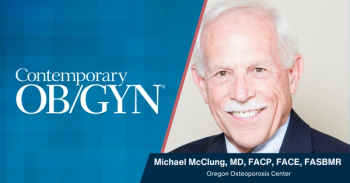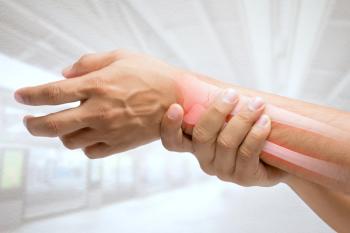
Quality of life and osteoporosis
New research from BMC Geriatrics reinforces the importance of pain management and exercise for osteoporotic patients.
A
“These findings can inform clinicians and health managers about the importance of pain management and exercise interventions in health care for this group,” wrote the Norwegian authors in the journal
Methods
The cross-sectional study analyzed data from 149 Norwegian women aged 65 and over with osteoporosis and vertebral fracture between 2016 and 2018. All study participants lived at home and were able to walk independently, with or without a walking aid. Data were collected from HRQoL (
Findings
Pain significantly correlated to nearly all of the SF-36 subscales (except mental health and the mental component score) and to all the QUALEFFO-41 subscales.
In addition, walking speed was significantly associated with five of the eight SF-36 subscales (except bodily pain, vitality and the mental health and mental component score) and with four of the six QUALEFFO-41 subscales (except score pain and mood).
Conclusions
The authors noted that their findings about pain and physical function in this patient population may have implications in tailoring healthcare interventions aimed at addressing HRQoL.
“These results support previous research that suggests that pain management and exercise interventions are important for this group,” they wrote.
Study outcomes also indicate that pain may influence several dimensions of HRQoL; therefore, an understanding of the complex underlying mechanisms of osteoporotic pain is important for its proper management. However, there is limited evidence that osteoporotic pain decreases after short-term exercise intervention, according to the authors. Thus, based on their findings, they recommend proper pharmacological pain management as part of interventions for patients with osteoporosis and vertebral fracture.
Walking speed is a meaningful clinical indicator of well-being. For instance, older people with the ability to walk faster than 1.0 m/s are generally considered to have good functional status, lower risk of health events and better survival prognosis. The mean walking speed observed in the current study was 1.21 m/s, which may indicate that participants had relatively good physical function. Some studies have shown that exercise can improve walking speed in older women with osteoporosis and vertebral fracture.
Limitations
One of the limitations of the current study is that the women were recruited for a randomized controlled trial aimed at potentially improving their physical function and HRQoL through an exercise program. As a result, participants may have been fitter and had a higher level of physical function than the general population of older women with osteoporosis and vertebral fracture. Moreover, all study participants lived in urban areas and no men were included. There was also no data for the number of fractures sustained.
“Future research should address interventions targeting both physical function and pain with HRQoL as an outcome,” the authors concluded.
Newsletter
Get the latest clinical updates, case studies, and expert commentary in obstetric and gynecologic care. Sign up now to stay informed.









